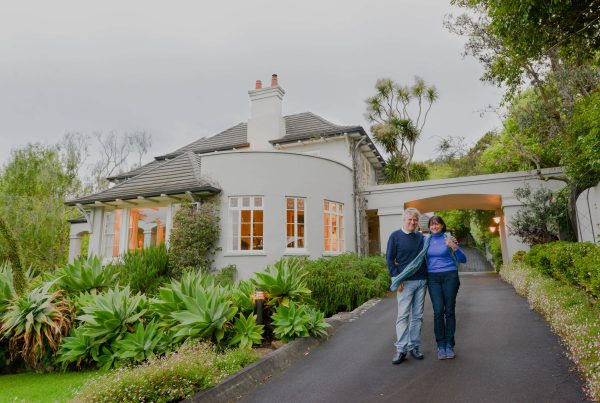
And quite a bit of choice there is, too, with just about every manufacturer – Japanese, European, Korean – offering at least one model. Many offer several. How do we pick the right one?
Increasingly, when I talk to friends and family – particularly those with young children – about SUVs, the question I often get in the course of the conversation is an obvious one: how many does it seat?
It’s this point of difference that buyers are becoming increasingly interested in, and it’s a point that Holden are only too happy to exploit. When it comes to their reliably popular Captiva range, you can specify either the Captiva five-seater ‘5’ model or, you guessed it, the seven-seater ‘7’. The choice doesn’t stop there – Holden cater to a wide range of budgets. An entry-level petrol-powered, manual 5 with two-wheel drive starts from a competitive $38,490, while a top-spec 2.2‑litre, all-wheel drive LX diesel 7 will set you back around $58,000.
In addition to being a fully loaded LX, my pristine white weekend test vehicle also came with added extras in the form of 20in rims in carbon black, running boards and roof rack. Quite a profile it cut too. The Series II Captiva has been in the market a year or two now, but this year it gets additional standard spec. It also makes for an attractive-looking vehicle, with its pleasantly rounded front end, distinctive grille and driving light treatment.
Inside the LX, you’ll find generous equipment levels, including satellite navigation, leather upholstery, reversing camera, electric driver’s seat and electronic park brake (amongst other useful kit). The interior is generally well decked out, although in some cases the plastics and fittings would look more at home on the cheaper variants. There is certainly no shortage of space though, and the rear seats are easy to access and surprisingly practical – you might not lever grandma into the very back, but even your full-sized mates could manage it, and you probably wouldn’t hear too much complaining.
As well as doing the business as a load-carrier, the Captiva impresses on the road. It drives well, with solid handling characteristics and well-controlled body roll. Communicative steering adds to the overall package.
But it’s the 2.2‑litre diesel that impresses most. Its 135kW might not be exceptional, but the 400Nm of torque it develops at a very accessible 2,000rpm sets this engine apart. While not hugely quick in a straight line – expect the Captiva to manage the 0–100km/h dash in under ten seconds – it has bags of practical power that makes it responsive where it counts.
Holden quote respectable fuel economy figures of 8.1 litres over a combined cycle, although my low-mileage example couldn’t quite manage that. Think twice, too, before choosing the bigger wheels – they may look great, but they do impact on ride quality, especially at low speeds.
The Captiva might not be the newest kid on the block, but it impresses thanks to its ability to do pretty much everything well. Seven seats aside, it’s not hard to see why this segment continues to enjoy such a strong following.
[warning]Tech Specs
Model reviewed: Holden Captiva 7 AWD 2.2L Diesel
Price: $55,890 (wheel package and body kit additional)
Fuel economy: 8.1 litres/100km (manufacturer’s figures)
0–100km/h: 9.98 seconds (New Zealand Autocar figures)
Overall: Consumers are spoilt for choice in this bracket, but the charms of the Captiva are quite beguiling. An easy car to feel at home in around the capital[/warning]




